42 carbohydrates on food labels
Reading food labels: Tips if you have diabetes - Mayo Clinic Less than 5 grams of carbohydrates a serving Do the math Pay attention to serving sizes. The serving sizes listed on food labels may be different from the serving sizes in your meal plan. If you eat twice the serving size listed on the label, you also double the calories, fat, carbohydrates, protein, sodium and other ingredients. Reading Food Labels | ADA - American Diabetes Association The Nutrition Facts labels on foods are really the key to making the best choices. We'll cover the basics so that these labels make shopping easier for you. Get started Understanding Carbs You've heard it all. From carb-free to low-carb, to whole and empty carbs, it's hard to know what it all means. Learn more Food & Blood Sugar
What Is the Difference Between Sugar & Carbs on Food Labels? With 4 calories in 1 gram of carbohydrates, this amounts to 225 to 325 grams of total carbohydrates on a 2,000-calorie-per-day diet. The Code of Federal Regulations for food and drugs requires that food labels list carbohydrates, in grams, as "Total Carbohydrates" or "Total Carbs," typically appearing above "Protein" in a bold font.

Carbohydrates on food labels
How to Understand and Use the Nutrition Facts Label | FDA - U.S. Food ... Dietary fiber, vitamin D, calcium, iron ad potassium are nutrients on the label that Americans generally do not get the recommended amount of. They are identified as nutrients to get more of.... Understanding food labels | Diabetes UK Labels on the front don't include the amount of carbs, so check the label on the pack for the total carbohydrate, which includes carbohydrates from starchy food as well as sugars. The figures for sugars on traffic lights are for total sugars, which doesn't tell you how much of the sugar comes from natural sources, such as fructose and how ... What Are the Definitions of Total Carbohydrates & Other ... - SFGATE When reading nutrition labels, the total carbohydrates are listed about halfway down the label, right below the sodium content. Total carbohydrates are listed in bold because they are one of the...
Carbohydrates on food labels. Carbohydrate Choice Lists - Centers for Disease Control and Prevention 1 carbohydrate choice = 15 grams carbohydrate NOTE: the weights listed include skin, core, and seeds. Milk and Milk Substitutes 1 carbohydrate choice = 12 grams carbohydrate * Yogurt is highly variable in carbohydrate content, so check the food label to be sure. Non-starchy Vegetables 1 serving = 5 grams carbohydrate How To Figure Out The Carbs On Nutrition Labels Trying to interpret the carbohydrates on nutrition facts labels can be downright confusing. There's a number for total carbohydrates but then there are subheadings for dietary fiber, sugars, and sometimes insoluble fiber, sugar alcohols, and other carbohydrates. What Does Everything Mean? Total Carbohydrate, shown in grams, is first. Food Labels: Carbohydrates | Home & Garden Information Center According to nutrition experts, carbohydrates should provide 45-65% of your total daily calories. That means carbohydrates should supply 900 calories or more in a 2,000-calorie-a-day diet. Facts on Food Labels Food labels contain clues to a food's carbohydrate content, including the amount per serving. Sugars on food labels - Sugar Nutrition Resource Centre The Nutrient Information Panel on the back of the pack, shows detailed information on the average amount of energy, protein, fat, saturated fat, carbohydrate, sugars and sodium (a component of salt) in the food, as well as any other claim that requires nutrition information. It shows this information in a serve and also in 100ml (liquid) or 100 ...
Understanding Food Labels - The Nutrition Source Under the Food Allergen Labeling and Consumer Protection Act of 2004, eight major food allergens—milk, fish, tree nuts, peanuts, shellfish, wheat, eggs, and soybeans—are required to be listed in a "contains" statement near the Ingredients list if present in a food. An example would be "contains wheat, milk, and soy." LABEL READING: CARBOHYDRATES AND SUGARS - Renaissance Nutrition Center ... If there were sugar names in the ingredient list, then be very suspicious of what is on the label. The label may list as many as six items: Total Carbohydrate Dietary Fiber Soluble fiber Sugars Sugar alcohols Other Carbohydrates Some manufacturers voluntarily include the subcategories of sugar alcohol and "other carbohydrates." Others do not. What Is the Difference Between Sugar & Carbs on Food Labels? Each gram of carbohydrate and protein provides 4 calories, while a gram of fat provides 9 calories. Carbohydrates are found in a wide variety of foods, such as grain products, including bread, pasta, breakfast cereals, oatmeal, flours, crackers, starchy vegetables like potatoes and corn, legumes, milk, yogurt, fruits, juices, sugar and desserts. Food labels - NHS Most pre-packed foods have a nutrition label on the back or side of the packaging. These labels include information on energy in kilojoules (kJ) and kilocalories (kcal), usually referred to as calories. They also include information on fat, saturates (saturated fat), carbohydrate, sugars, protein and salt.
How to Use the Nutrition Facts Label — Diet Doctor This chocolate has 14 grams of carbohydrates per serving. 3. Calculate net carbs per serving Third, check the grams of dietary fiber per serving (circled in green, above). Subtract the fiber (green) from the total carbohydrates (blue) to get the net carbs. This chocolate has 9 grams of net carbs per serving (14g carbs - 5g fiber = 9g net carbs). Reading labels | Diabetes UK Key points Always look at the 'total carbohydrate' on the label when carb counting. This will make sure you are counting both the complex (starchy) and simple (sugary) carbs in your food. Both will raise your blood glucose (blood sugar) levels, and need to be matched with insulin. Reading Food Labels for Carbohydrates - dummies To find the amount of carbohydrates in your foods, follow these steps: Look for the line that reads "Total Carbohydrate" on the label. The value on this line will tell you how many grams of carbohydrates are in one serving of the food. Check the number of servings per container to see if your package has one or more servings. This Is How to Read a Nutrition Facts Label on the Keto Diet Depending on the daily carb intake you've determined for yourself to stay in ketosis, this is a quick way to determine whether you have room in your daily eating plan for a particular food. (Remember, a ketogenic diet is typically a ratio of about 70-75% fat, 15-25%+ protein, and 5% or less of calories from carbs.)
Food Labels and How to Read Them - Diabetesnet.com Food Labels and How to Read Them. Packaged foods have a "Nutrition Facts" label that provides nutritional information, including the number of calories and the grams of protein and fat. These labels also give the exact number of grams of carbohydrate contained in a serving and the size of this serving. Packaged foods have a "Nutrition Facts ...
Learning To Read Labels :: Diabetes Education Online On a nutrition food label, subtract the fiber from the total carbohydrate amount. When you read food labels, the grams of sugar are already included in the total carbohydrate amount, so you do not need to count this sugar amount separately. The grams of sugar listed include both natural sugars, from fruit or milk, and added sugars.
Counting Carbohydrates :: Diabetes Education Online There are many resources you can use to count carbohydrates: Nutrition Facts food labels on packaged foods list the total grams of carbohydrate. The American Diabetes Association Exchange Lists for Meal Planning: Choose Your Foods lists grams of carbohydrate per exchange serving size. In this system, one carbohydrate exchange serving equals 15 ...
How to Calculate the Carbohydrates From the Food Label if Fiber ... - Chron Dietary fiber is a type of carbohydrate that isn't digested by your body. As a result, it doesn't affect your blood sugar levels. So a food label that shows 10 grams of carbohydrates per serving with 5 grams of dietary fiber would only contain five net carbs. However, many foods that you'll find in the grocery store contain a minimal amount of ...
Food Labeling & Nutrition | FDA Food labeling is required for most prepared foods, such as breads, cereals, canned and frozen foods, snacks, desserts, drinks, etc. Nutrition labeling for raw produce (fruits and vegetables) and...
PDF Read the Food Label for Carbohydrates - National Institutes of Health Food labels help you choose foods that are lower in calories and in carbohydrates and sweeteners. Here is a food label for a 12-ounce regular soda. The label provides lots of useful information. 1. Serving Size and Number of Servings The serving size is 12 ounces. There's 1 serving in this container. 2. Amount Per Serving
How are Carbohydrates & Dietary Fiber Labelled on Foods? The fibers listed below are the most common sources being added to food and can be declared on the Nutrition Facts label as dietary fiber. FDA approved isolated and synthetic non-digestible carbohydrates Gum Acacia Alginate Apple Fiber Bamboo Fiber Carboxymethylcellulose Corn Hull Fiber Cottonseed Fiber Galactooligosaccharides
Food Labels and Counting Carbs - dummies Total Carbohydrate is listed in grams. Because %Daily Value is written in bold and off to the right side of the label, and lined up neatly with the actual amount, it is easy to allow your eye to zero in on the %Daily Value rather than the actual amount in grams.
Food Labels | CDC - Centers for Disease Control and Prevention If you eat the whole thing, you are eating 8 times the amount of calories, carbs, fat, etc., shown on the label. Total Carbohydrate shows you types of carbs in the food, including sugar and fiber. Choose foods with more fiber, vitamins, and minerals. Choose foods with lower calories, saturated fat, sodium, and added sugars. Avoid trans fat.
Food Labels | Nutrition.gov What's New with the Nutrition Facts Label. HHS, Food and Drug Administration. The U.S. Food and Drug Administration (FDA) has updated the Nutrition Facts label on packaged foods and beverages with a fresh design that will make it easier for you to make informed food choices that contribute to lifelong healthy eating habits. What's in a Name?
What does total carbohydrates on food labels include? 10 Things to Look for on Food Labels #1 The Number Stickers on Fruits and Vegetables. You might not think of the numbered stickers on fruits and vegetables as being a food label, but you can actually get #2 The Serving Size. #3 Calories. #4 Fat. #6 Fiber. #8 % DV (Daily Value) Another thing to look for on a label is the % DV (Daily Value).
What Is the Relation Between Carbohydrates & Sugar on the Foods Label ... The value for total carbohydrates on a food label includes the amount of all types of carbs -- sugar, starch and fiber -- in one serving. This is the value to use when you're counting carbohydrates, according to the American Diabetes Association. You may need to adjust the amount if your portion is different from the serving size defined at the ...
What Are the Definitions of Total Carbohydrates & Other ... - SFGATE When reading nutrition labels, the total carbohydrates are listed about halfway down the label, right below the sodium content. Total carbohydrates are listed in bold because they are one of the...
Understanding food labels | Diabetes UK Labels on the front don't include the amount of carbs, so check the label on the pack for the total carbohydrate, which includes carbohydrates from starchy food as well as sugars. The figures for sugars on traffic lights are for total sugars, which doesn't tell you how much of the sugar comes from natural sources, such as fructose and how ...
How to Understand and Use the Nutrition Facts Label | FDA - U.S. Food ... Dietary fiber, vitamin D, calcium, iron ad potassium are nutrients on the label that Americans generally do not get the recommended amount of. They are identified as nutrients to get more of....







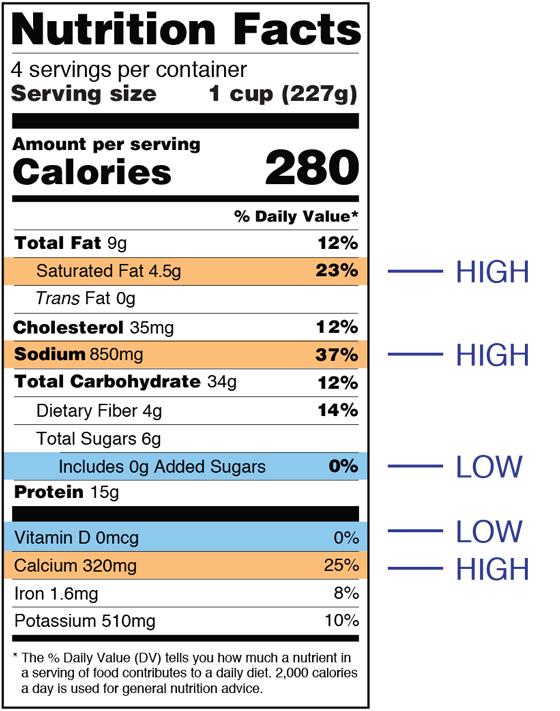

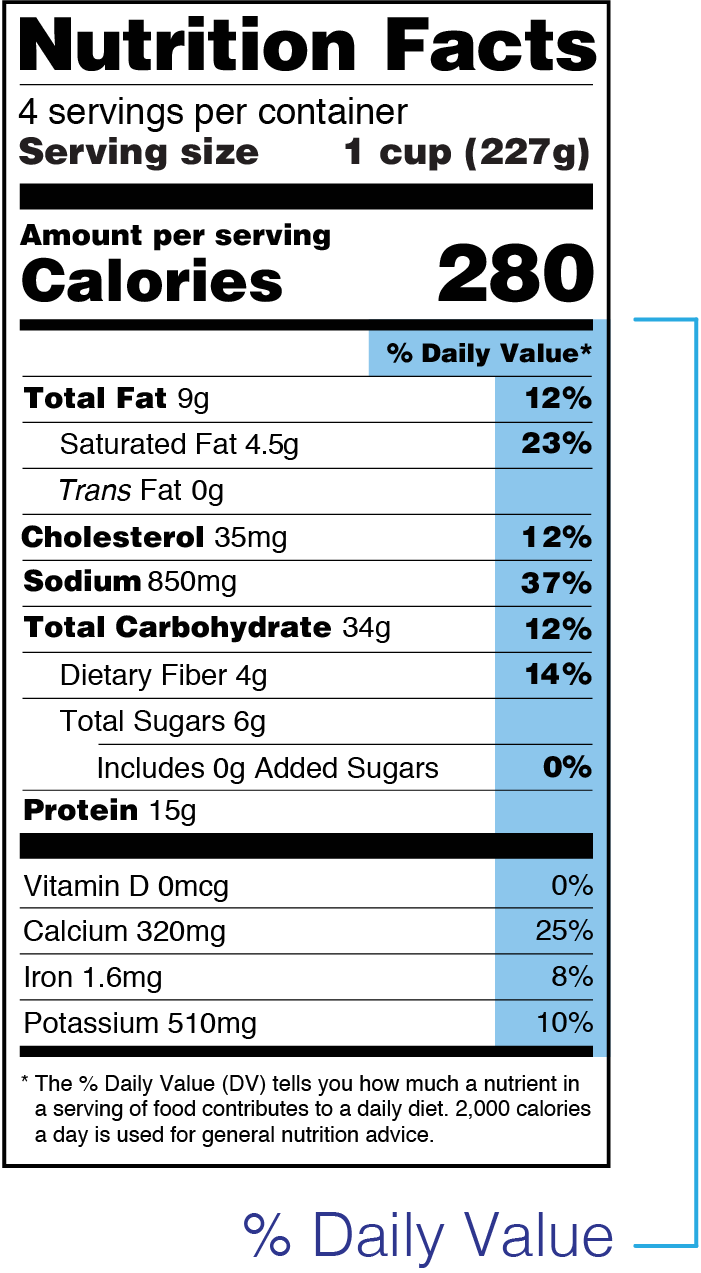
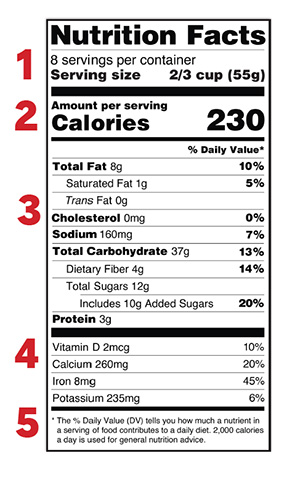
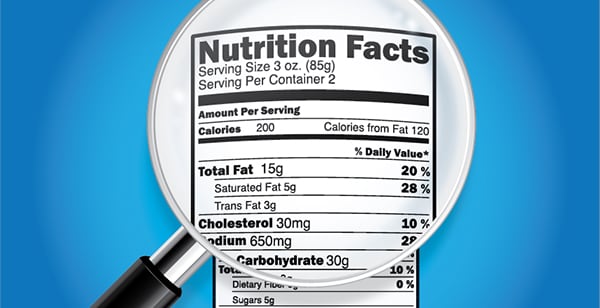
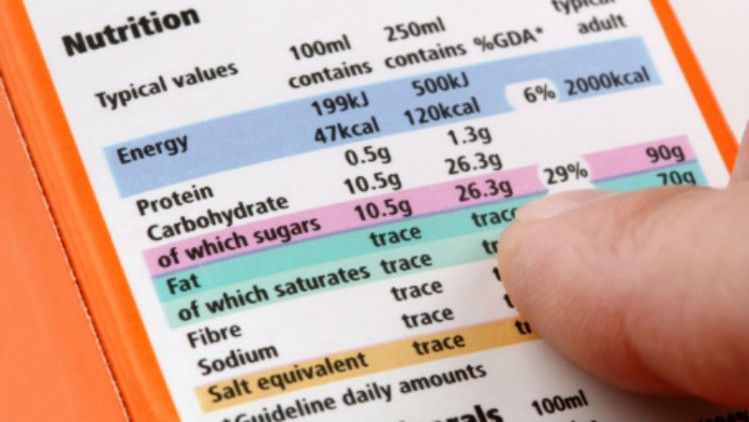
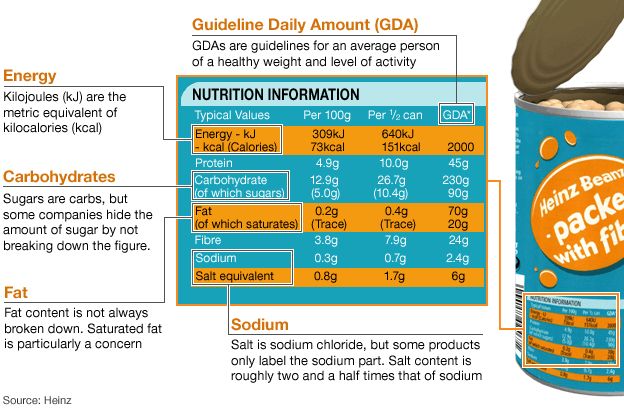
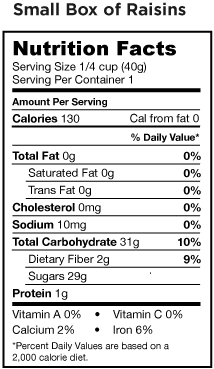

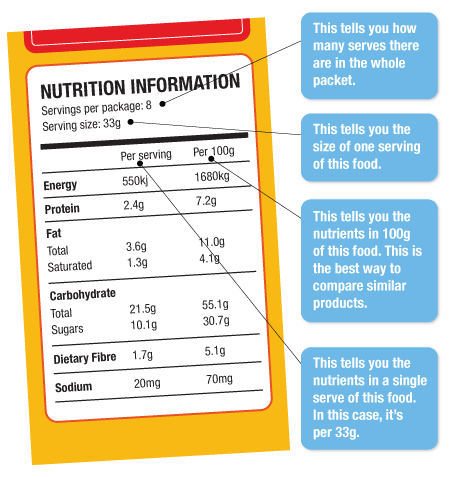
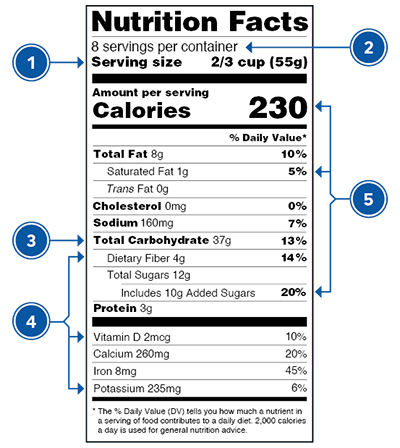
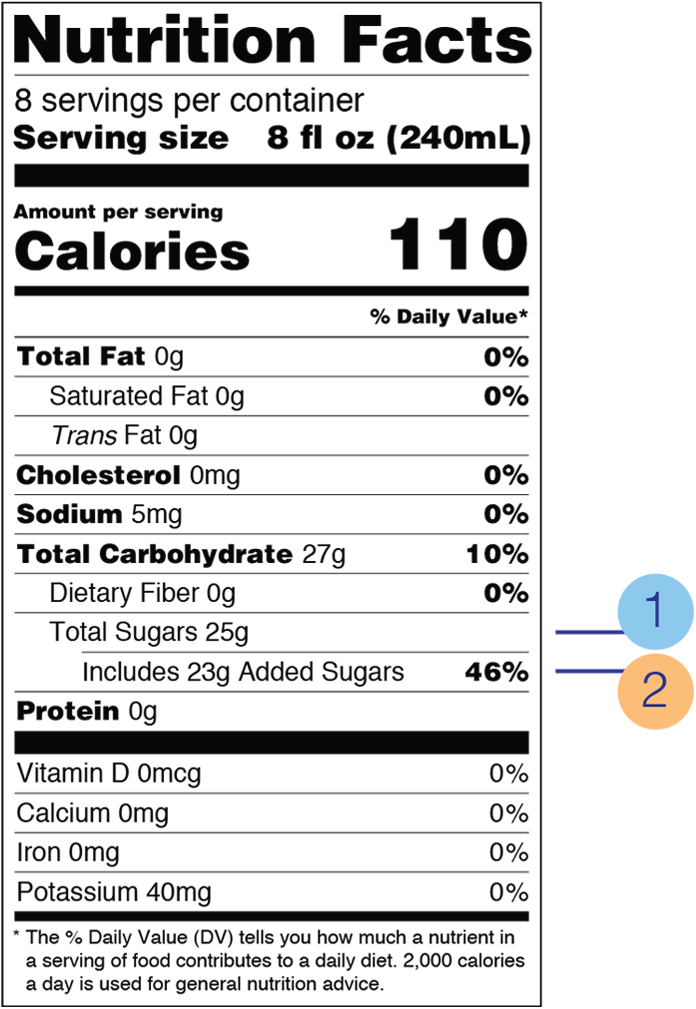
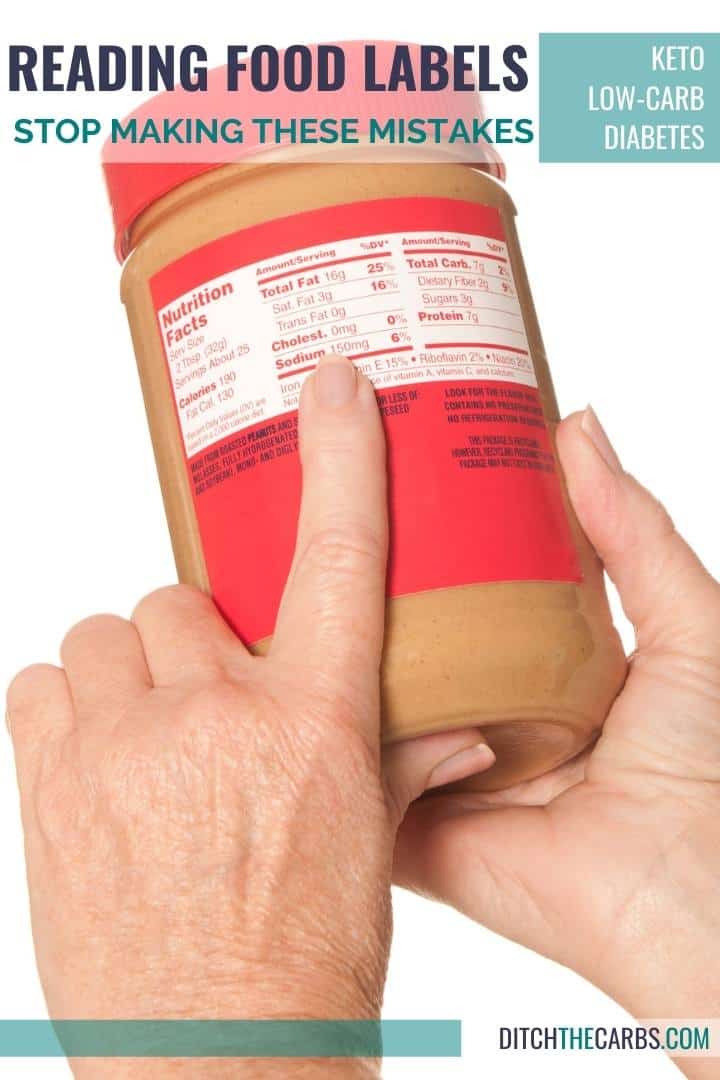

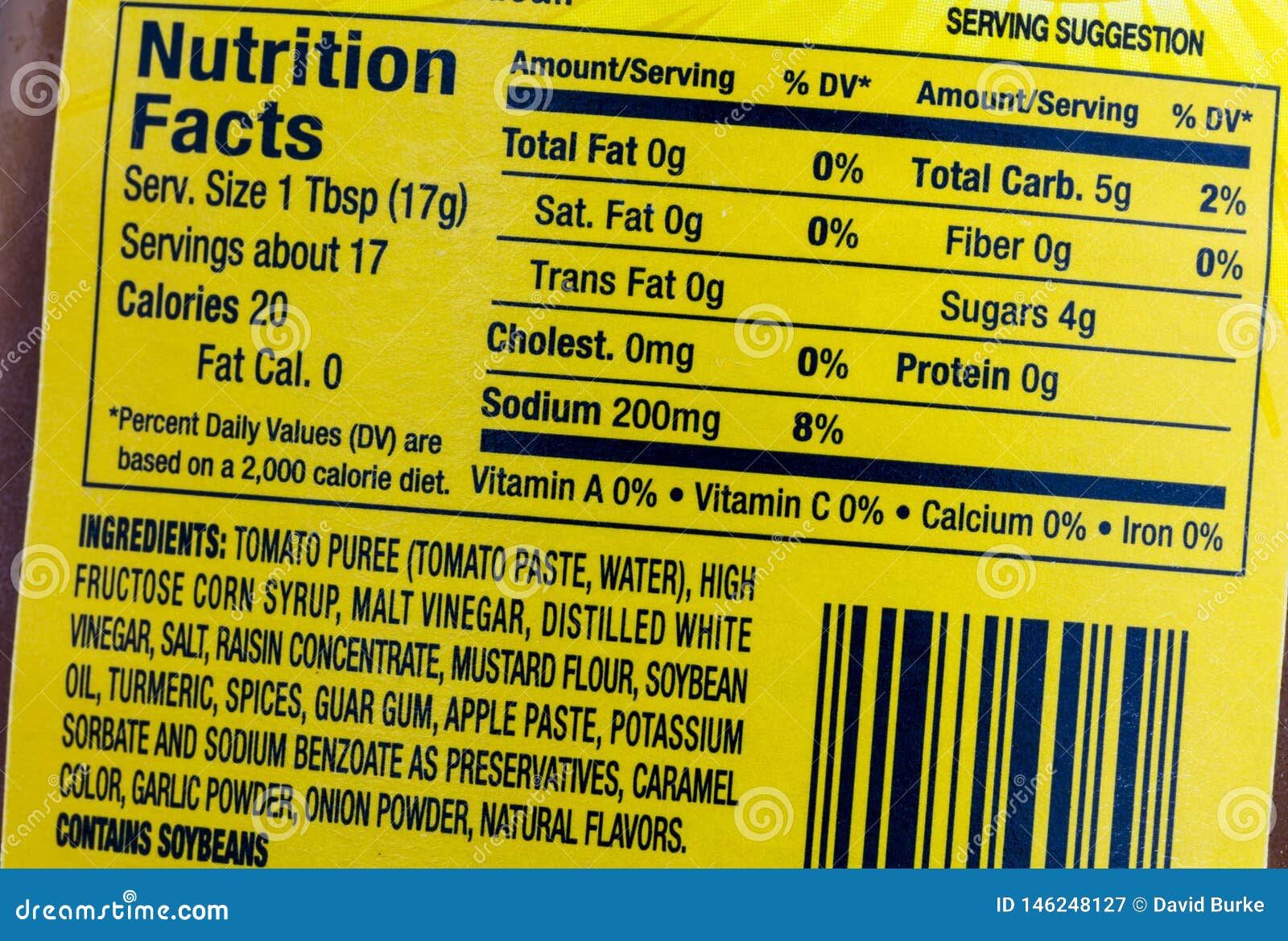




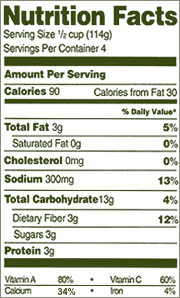


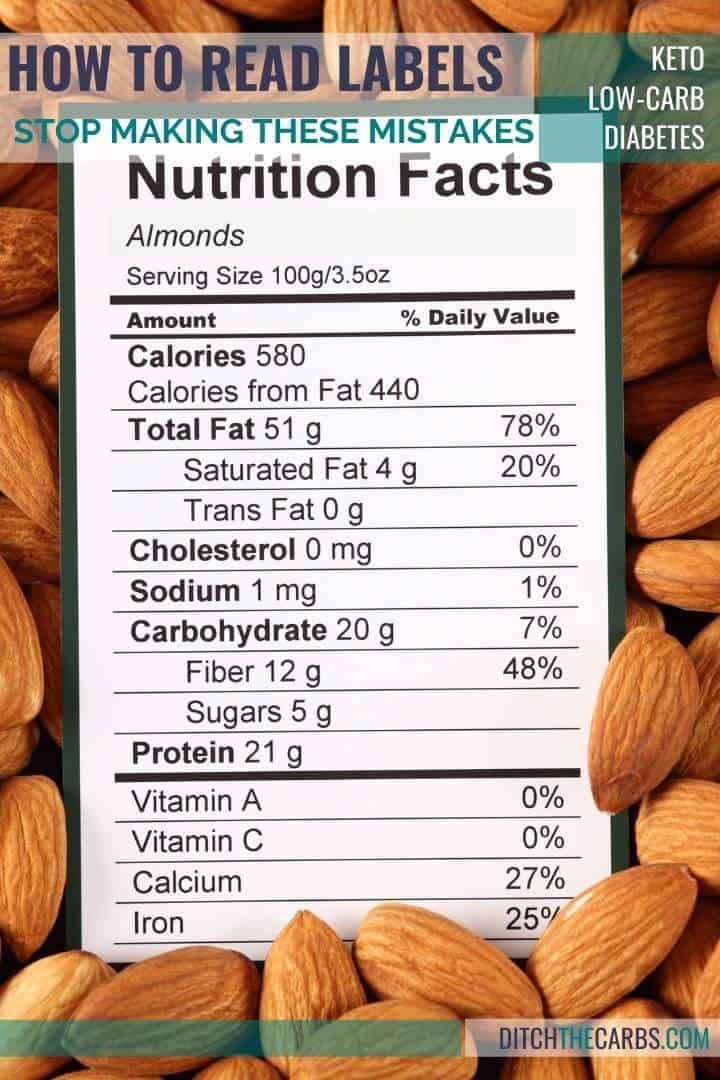

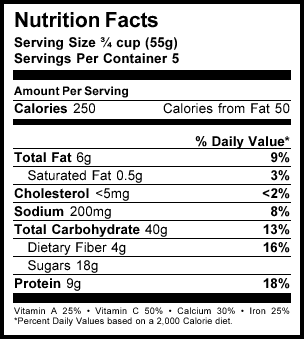

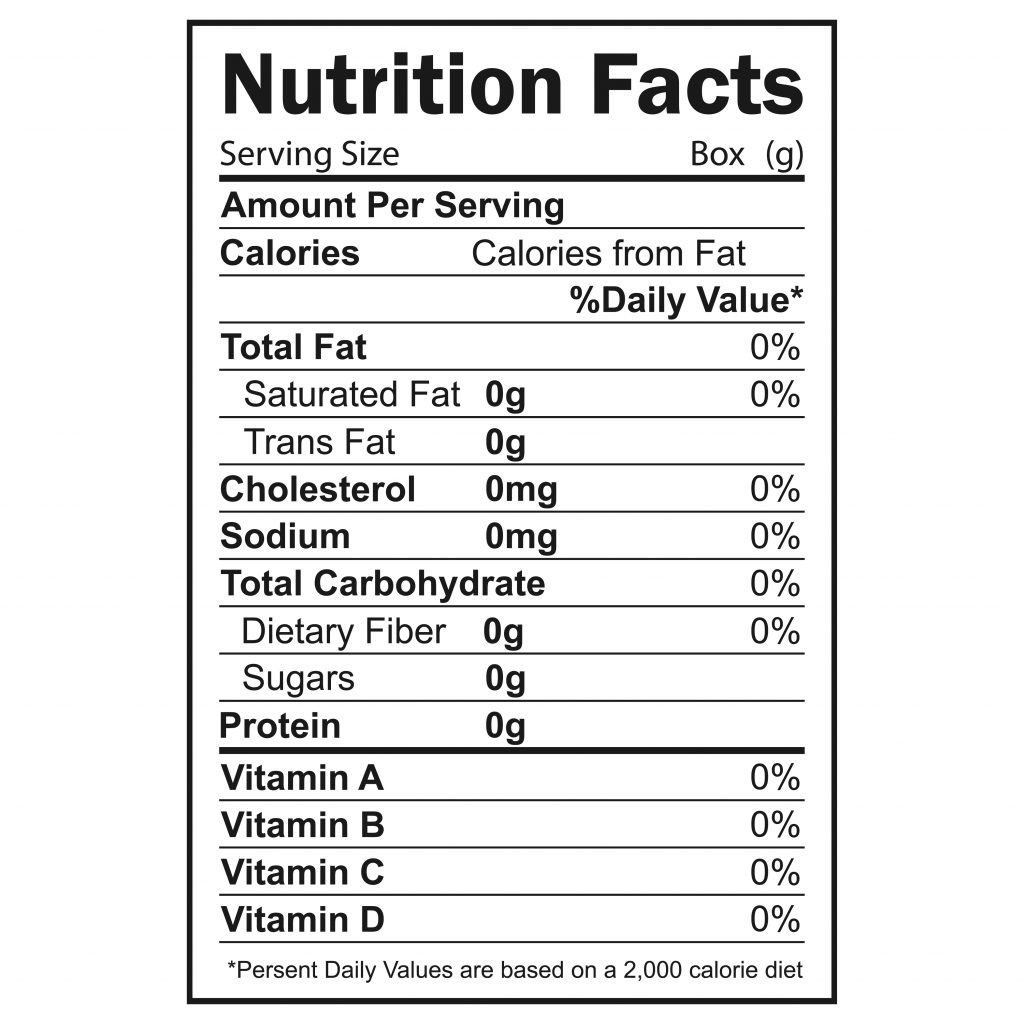



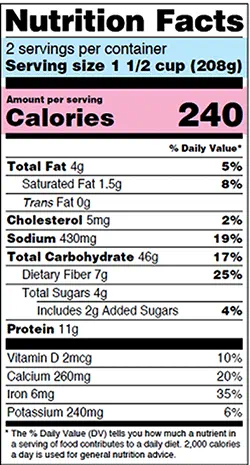
Post a Comment for "42 carbohydrates on food labels"